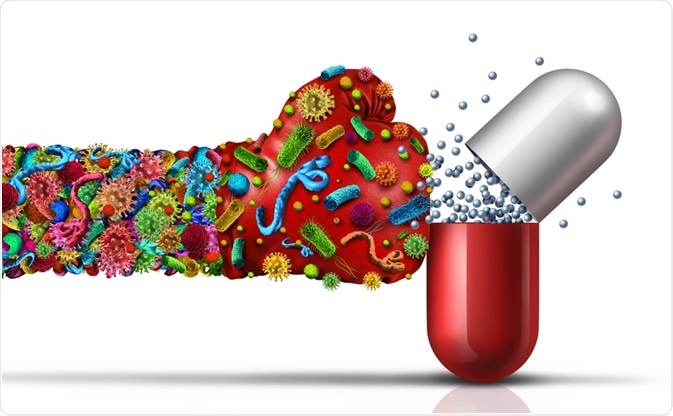
Antibiotic resistance has been taking the world by storm in recent years. Experts reveal it is threatening to take us back to the times before penicillin. Read to know the problem behind it and possible solutions.
What is the extent of antibiotic resistance?
Since the introduction of antibiotics in the mid-20th century, deaths from infections reduced from 50 percent to 10-15 percent. However, experts have been warning about overuse and the threat of antibiotic resistance. It occurs when bacteria-causing infections evolve to evade the antibiotic. These drugs work by binding to a target protein in the bacteria. They then enter the cell and kill it from inside. The problem occurs from overusing and misusing them. In simple words, the more we use them, the worse the problem becomes.
“Antibiotic resistance will remain a problem for the foreseeable future. Maintaining modern medicine and standards of health in the way we know them today will depend on the development of new antibiotic drugs,” stated Paul Blainey. Blainey is a biological engineer working at the Massachusetts Institute of Technology. Common evasion techniques adopted are by mutating to stop the drugs from binding. As per Gerry Wright, another technique is “by producing proteins that inactivate or modify the antibiotic, so it no longer binds to the bacteria. Or the target protein is mutated so the antibiotic can no longer bind to it”. Wright is a biochemist specializing in antibiotic resistance.
Antibiotic resistance- Possible solutions for the great problem
Antibiotic resistance is not going to leave us as it is a natural selection method. While drug development is not the answer, there are ways to ensure it does not cause a greater problem. “I’m hopeful we can overcome the concerns about antibiotic resistance. Scientists in the field are dedicated to solving these big problems and preserving our ability to control infectious diseases that are so important to our quality of life,” explained Wright. Researchers are working on the problem from various directions. One popular method is modifying older drugs to help overcome resistance.
“Penicillin and cephalosporin antibiotics have undergone many rounds of modifications by medicinal chemists to improve their drug-like properties and overcome resistance,” stated Wright. However, this delays the issue rather than fixing it. “At some point, there are diminishing returns in that new compounds either have poor drug-like properties or toxicities that make them unsuitable. What makes the resistance challenge so acute in 2023 is that there is no longer a well-organized, well-funded, and functioning pipeline of new drug candidates, yet resistance continues to emerge,” he added. The current short-term approach is to regulate and limit their use in agriculture and livestock.
